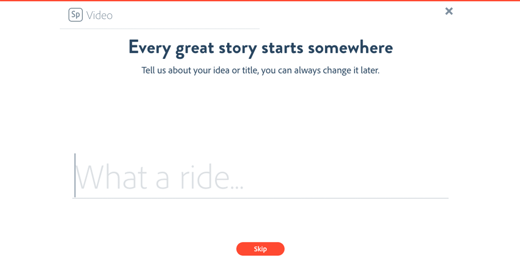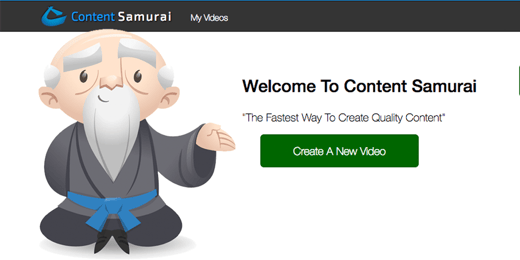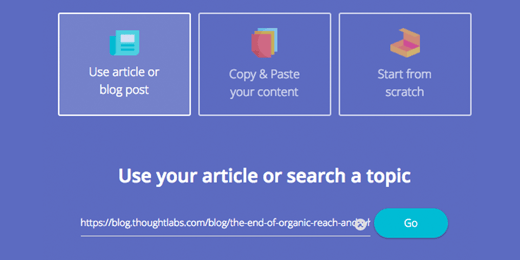Last time we talked about how to get started with targeting your Facebook posts using insights from data that you already have. Now that you're ready to get started, let's walk through a few tips you'll want to consider before you start your first targeting experiment!
Following these recommendations will ensure that you get the most out of your targeting experiments, and never have to look back at an experiment and realize that you made a mistake that calls your results into question.
Don't Contaminate Your Results
If you're using Bit.ly to track your clicks, be sure that the link you share in your experiment is only shared in that one post on Facebook. If you're cross posting content to other channels make sure you're using a unique link that you don't share anywhere else beyond your experiments. You want to eliminate as many outside factors as possible during your targeting experiments so that you can be sure the results you're seeing are influenced only by your targeting experiment, and not by something that happened on Twitter, Google+, etc.
Tracking Existing Links
You can use links you've shared in the past in your targeting experiments, and even do multiple experiments with the same link that build on your previous results. Just be sure that you record the total clicks and a breakdown of clicks in each of your target countries as a result of your last experiment before you start your next targeting experiment. If you don't keep a record of this it will be difficult to determine where the old clicks stop and the new ones begin, particularly when you're looking at the breakdown of clicks from individual countries.
Keep Records of Your Experiments
Right now your results are fresh in your head, but 10 more targeting experiments down the line, and you may not remember much about the results you got today. Whether it's part of an existing report, a PowerPoint deck on your results, or just an entry in a journal you keep specifically to track your experiments, you need to keep records of what you did, what happened, why you think it happened, and what your next steps will be based on the results and your insights. Every good scientist keeps a log of his work, and now so do you!
The Key Takeaways:
All of these recommendations can be boiled down to a few simple tenets:
1. Do your best to make sure you don't let anything happening outside of your experiment tamper with the results.
2. You need to keep good, detailed records of your experiments. What you did, what happened, why it happened, what you're doing next with what you learned. Not only is this an ideal reporting structure anyway, but it's important to know all of this (and know it accurately, not just a vague impression from memory) if you want to build off the results of experiments you did 6 months ago or 3 weeks ago, as well as for noticing patterns in your results across multiple experiments.
For our next post, we'll take an in depth look at how to structure your first targeting experiment!
Oct 31, 2013


